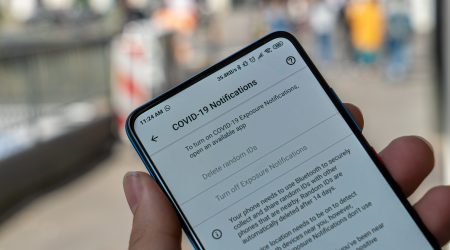About
The HIV Prevention Policy Project seeks to understand what is working in HIV prevention, identify challenges to and opportunities for progress, and chart a path for the future through research and policy recommendations. HIV prevention includes surveillance and monitoring, HIV/STI testing and treatment, pre-exposure prophylaxis (PrEP) and post-exposure prophylaxis (PEP) access, condom use, syringe and harm reduction services, behavioral interventions, and navigation services.
Black women accounted for 57% of new HIV diagnoses among women in the United States in 2018.
Today, one in ten new HIV diagnoses in the United States are attributed to people who inject drugs.
Less than 20% of the 1.1 million people who could benefit from pre-exposure prophylaxis (PrEP) are taking it.
Our Work
The HIV Prevention Policy Project was established in 2017 to conduct research and publish policy recommendations for supporting effective HIV prevention in the United States. Collaborating with policymakers, clinical and program staff, researchers, and people living with HIV, the HIV Prevention Policy Project seeks to understand what is working in HIV prevention, identify challenges to and opportunities for HIV prevention, and describe a vision for future progress. The project is funded by a grant from Gilead Sciences.
Featured Work

Quick Take
HIV Lessons for COVID-19 Contact Tracing
Read the Quick TakeOur Team
The Latest
February 28, 2024
Big Ideas
February 28, 2024
Big Ideas
December 15, 2021


